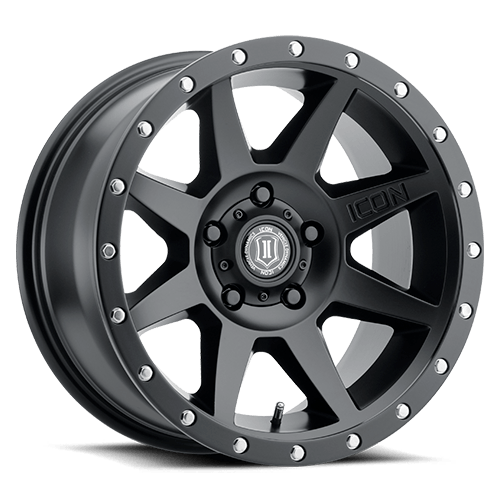Differential Install: Small Details Make a Big Difference (Part 2)
When working on any rearend, always pay very close attention to the axle shafts and axle bearings. Sealed ball bearing type axle bearings are usually very easy to diagnose and any roughness makes replacement the obvious choice. Flat roller bearing style axles are not as obvious to diagnose, and many times people dismiss wear that soon after leads to larger problems. Any pits, rust, grooves, or...
 AMC
AMC
 Chrysler
Chrysler
 Dana
Dana
 Ford
Ford
 GM
GM
 Isuzu
Isuzu
 Nissan
Nissan
 Suzuki
Suzuki
 Toyota
Toyota

















